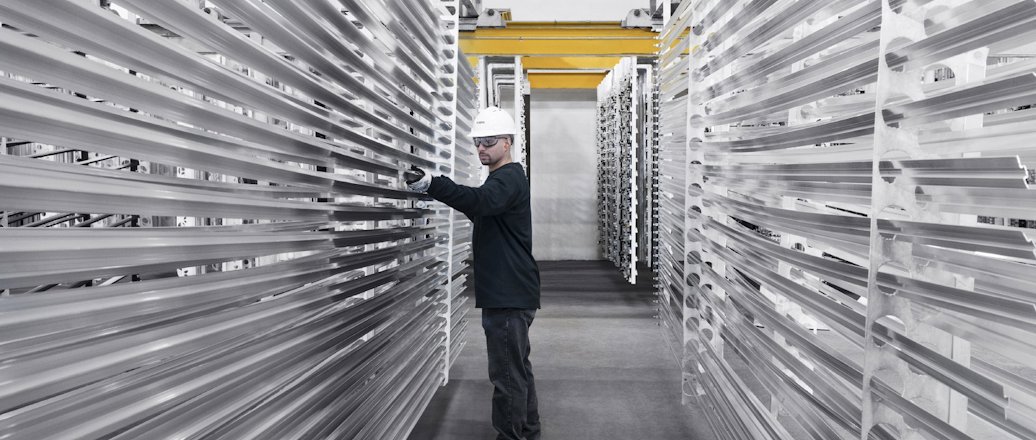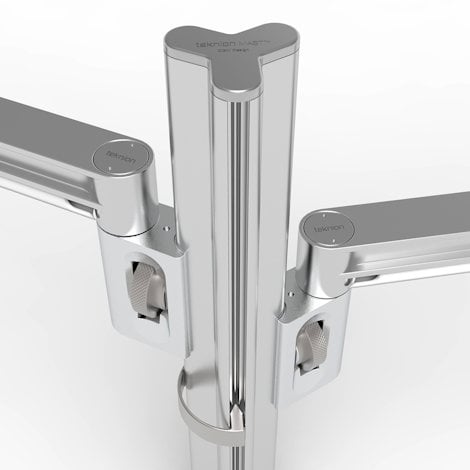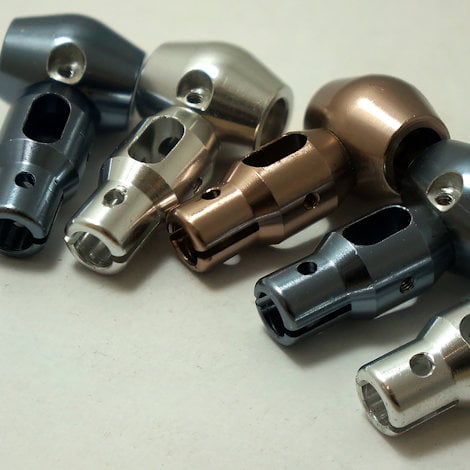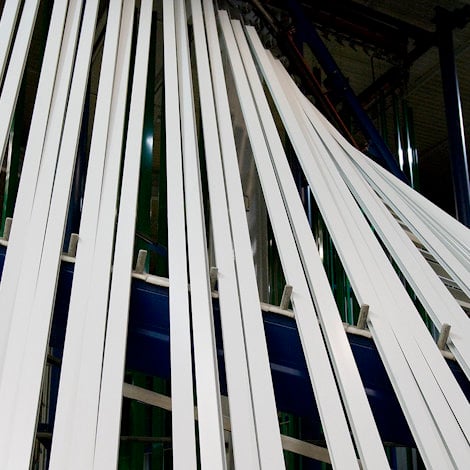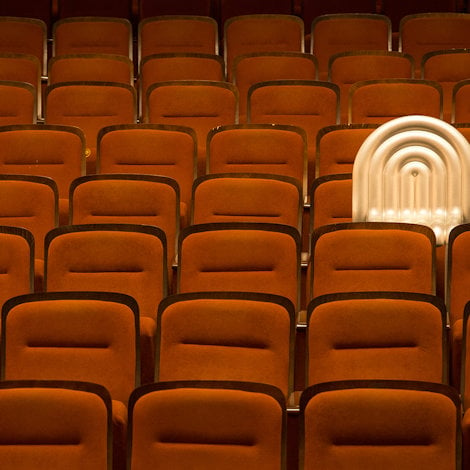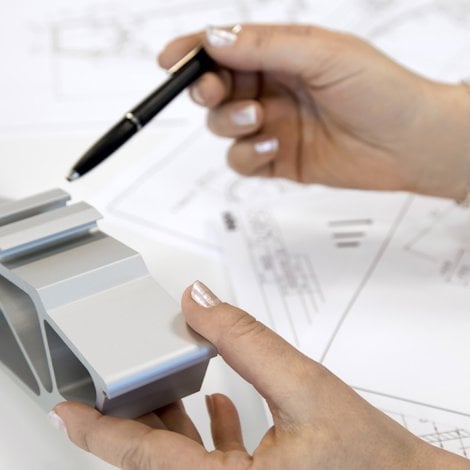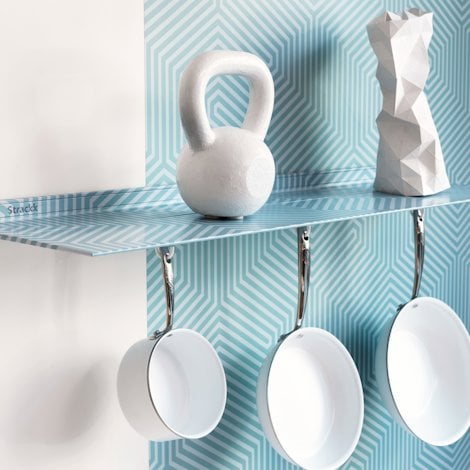What you should know about anodizing
Anodizing is an electrochemical process that converts the metal surface into a decorative, durable, corrosion-resistant, anodic oxide finish. Aluminium is well-suited to anodizing, making it one of the most respected and commonly used materials for consumer, commercial and industrial products in comparison to other metals.
Other nonferrous metals, such as magnesium and titanium, can be anodized, but the composition of aluminium makes it ideally suited to the process.
The unique anodized finish is the only one in the metals industry that satisfies each of the factors that must be considered when selecting a high-performance aluminium finish that is required for luxury items and interior design such as loud speakers, lighting, electronics, watches and trays.
Aluminium anodizing
Anodizing is an electrochemical process which converts the surface of the metal into a long-lasting, high performance aluminium oxide finish. Because it is integrated into the metal rather than just applied to the surface, it cannot peel or chip. This protective finish makes it very hard and durable, and enhances its resistance to corrosion. Depending on the process, the anodized finish is the second-hardest substance known to man, exceeded only by the diamond.
The anodizing process is, in simplified terms, the highly controlled enhancement of a phenomenon that already occurs naturally: oxidation. The aluminium is immersed in an acid electrolyte solution through which attached electrodes pass an electric current at very low temperatures. The result is a high-performance, hardcoat surface. However, the metal remains porous so it can be colored and sealed, or undergo additional processing, if desired.
Benefits of anodizing aluminium
Aluminium anodizing creates an extremely hard surface that can withstand extreme wear and tear. This includes industries such as military and defense, construction, applications such as elevator doors and escalators, and even home cookware. The primary benefits of anodizing aluminium include:
- Durability
- The finished product will enjoy a long lifespan and require little maintenance
- Stable color
Anodizing dyes seep into the metal, making them very stable. Anodized aluminium maintains its color in spite of exposure to UV rays. It will not flake, peel or chip, and extrusions will look factory new for years.
Low maintenance
Evidence of wear or abrasions from the extrusion process, installation, or from frequent handling and excessive cleaning are rare. Anodized aluminium is easily restored to its original luster with gentle cleaning.
Beauty
Anodized aluminium maintains its metallic appearance but can easily accommodate color and gloss applications.
Value
Finishing costs and maintenance costs are low, giving anodized products a better value in the long term.
Opportunities and limitations of surface treatments
We offer a full range of services in clear and electrolytic colored anodic coatings as well as acid etch, as well as an exceptional selection of extruded aluminium shapes, sizes, alloys and tempers, utilizing both direct and indirect extrusion methods. Some aluminium alloys cannot be anodized, so be certain to discuss your project with us beforehand so we can suggest suitable alloys.

